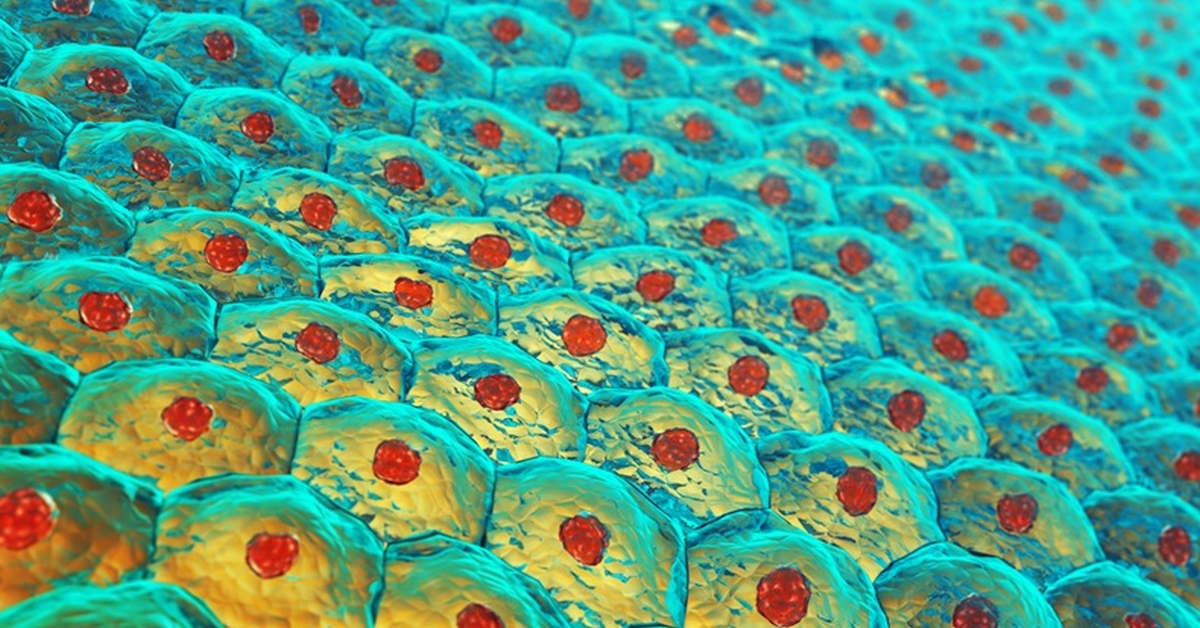Using methods proven in cloning and stem cell research, British researchers have succeeded in rejuvenating the skin cells of a 53-year-old woman. By applying the same technique to different tissues, scientists believe the technology could also be used to develop treatments for age-related diseases such as diabetes, heart disease and neurological disorders.

According to the research team’s leader, Wolf Reik, a scientist at the Babraham Institute in Cambridge, the procedure can be used on more than just skin tissue, and it could eventually allow people to stay healthy for longer as they age.
“We have been dreaming about this kind of thing. Many common diseases get worse with age and to think about helping people in this way is super exciting,” he told BBC News.
The technology dates back to the 1990s, when the first mammal was cloned from an adult somatic cell. When researchers at the Roslin Institute in Scotland used the process of nuclear transfer from a cell taken from a mammary gland, it had led to the creation of Dolly, the cloned Finnish Dorset sheep. The aim of the project was to create human embryonic stem cells to grow specific tissues such as muscle, cartilage and nerve cells.
After the successful cloning attempt, Dolly spent her life at the Roslin Institute. She was euthanized at the age of 6 due to a progressive lung disease. However, this wasn’t linked to how she was created in a lab.

The method has evolved over the years and was simplified in 2006 by Professor Shinya Yamanaka at Kyoto University. His technique, called IPS, involves adding a compound to adult cells (for example, skin cells) for about 50 days that induces genetic changes and turns the adult cells into stem cells.
While Professor Reik and his team used the IPS method in their studies, they only added chemicals to the adult skin cells for 12 days. The 53-year-old skin cells did not turn into embryonic stem cells, but were rejuvenated: they looked and had the properties of 23-year-old cells.
However, a major disadvantage of the IPS method is that it increases the risk of cancer. Professor Reik is confident that he and his team can find an alternative, safer method.

“The long-term aim is to extend the human health span, rather than the lifespan, so that people can get older in a healthier way,” he said.
According to the biologists, we could first see this new method in medical treatment of burns, and cut wounds, as an accelerated healing process. Theoretically, this could be entirely possible, since experiments have proven that rejuvenated skin cells moved more quickly in stimulated wounds.
We still don’t know whether this could lead to a whole-body regenerating elixir or an anti-ageing pill, but Professor Reik thinks the idea is not too far-fetched. In laboratory experiments, the pancreas of mice showed signs of rejuvenation, which could hold promise for curing diabetes, for example.

Others have a different opinion though. Professor Robin Lovell-Badge, of the Crick Institute in London, and other biologists think that there’s a long way ahead for Reik’s method before it could be used outside of lab experiments.
Sources: 1, 2
